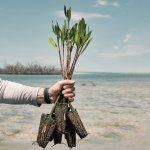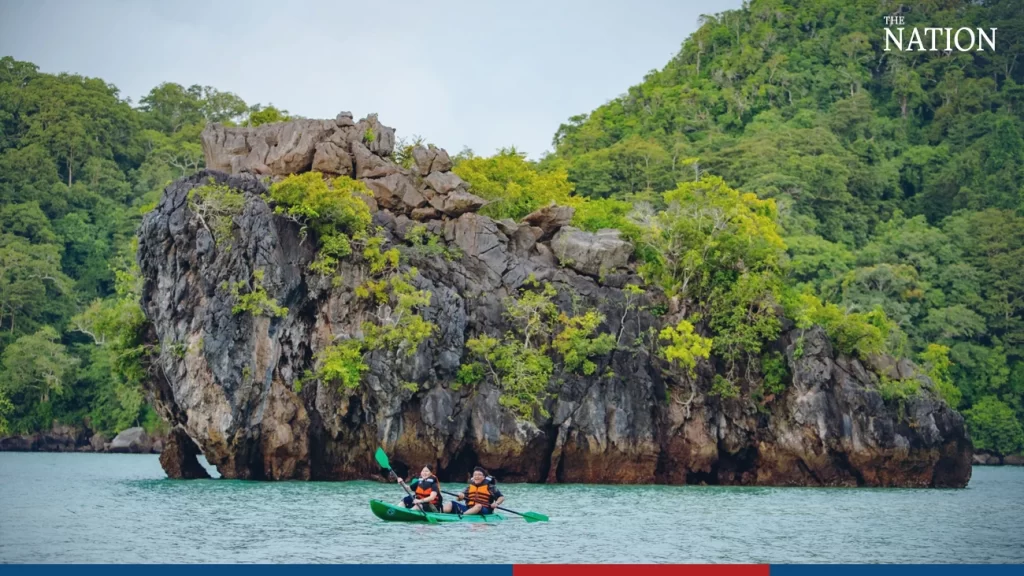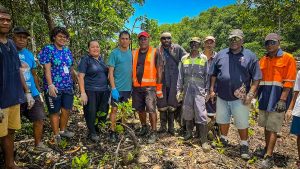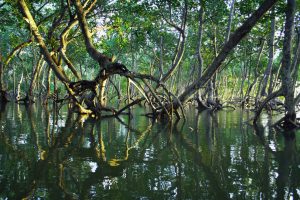Satun Province: Beyond Ko Lipes Famous Beaches.
Four tourist destinations in Satun, Thailand, are offering a fresh perspective on tourism while promoting environmental consciousness. According to Jakkrit Mungmittree, who aims to deviate from the traditional approach to tourism, these destinations intertwine conservation efforts with local resources. The Lompeun community is at the forefront of this initiative.
Thung Nui Bay, once a small-scale fishing port, now boasts a serene beach thanks to the communitys restoration and development efforts following the impact of the tsunami. Mangrove trees were planted to create an environmental learning hub, and visitors can now witness the remarkable growth of the mangrove forest. Paddling through the forest offers a panoramic view of Thung Nui Bay, with beachfront areas resembling a dragons spine. Local villagers engaging in traditional fishing practices can also be observed here.
In the heart of Satuns rubber tree plantation lies Panya Batik, a small family business producing batik fabrics. The soil used for fabric dyeing, referred to as terra rossa, is unique to the villages within Satun Global Geopark. The batik fabrics showcase distinctive colors obtained from the soil, resulting in earthy tones. Locally inspired patterns, such as the fossil pattern reflecting the geological park areas history, can also be found on the fabrics.
Lidee Island, part of the Mu Ko Phetra National Park, captivates visitors with its twin-island formation and diverse natural features. Swallow populations thrive here, surrounded by smaller islets. Sandy beaches and clear waters offer ideal swimming opportunities, while the adjacent mangrove forest areas provide a different perspective. Exploring caves, cliffs, and enjoying boat rides are other popular activities on the island.
A Bridge Across Time, a nature study trail, takes visitors on a journey back millions of years. The seaside cliffs exhibit layers of intricately alternating colored rock formations, preserving evidence of fossils from different eras. Stones from the Cambrian red sandstone era (approximately 541-485 million years ago) and the Ordovician limestone era (around 485-444 million years ago) can be observed. This trail offers a captivating spectacle for nature enthusiasts.
Jakkrits continuous efforts and collaboration with residents have transformed the community. The mangrove forest in Thung Nui Bay has expanded, waste management is effective, and educational opportunities have been provided for children and youth. The sustainable tourism approach has generated income, benefiting various sectors of the community. Those who wish to travel to Satun can explore the conservation efforts of Thung Nui Bay and embrace its rich natural atmosphere on their way to Ko Lipe.
Source: nationthailand.com





